

Damion Smy
Boxy new KGM Musso unveiled to take on HiLux and Ranger ahead of Australian launch
3 Hours Ago
Passenger cars and light SUVs saw a significant reduction in emissions last year, but heavy SUVs and light commercial vehicle emissions hardly budged.

News Editor
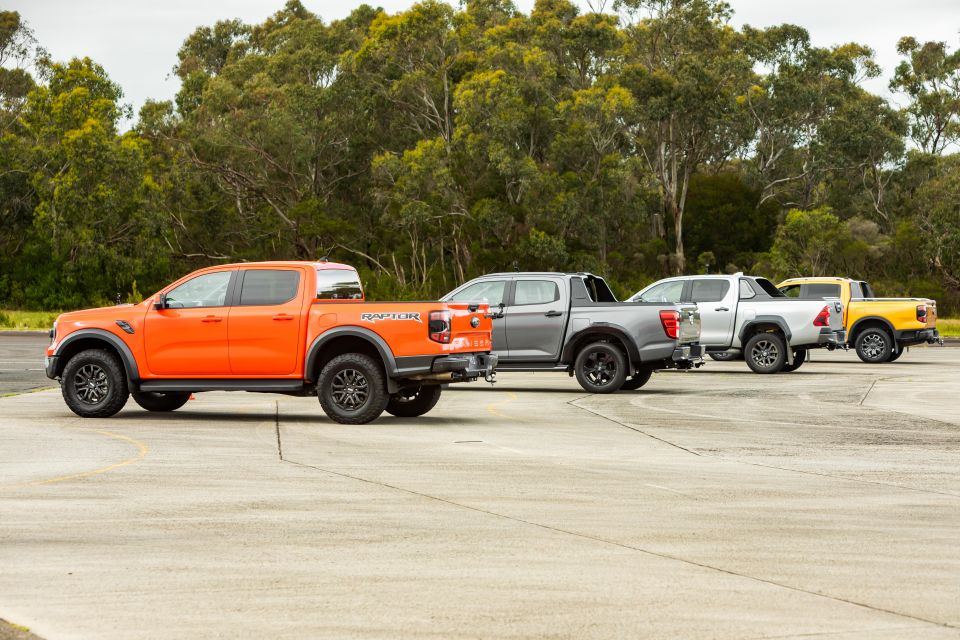

News Editor
The Federal Chamber of Automotive Industries has released the 2022 results for its voluntary emissions reduction standard, and heavy SUVs and light commercial vehicles have missed their target again.
The 2022 target for the heavy SUV and light commercial vehicle category, referred to as MC + NA, was 189 grams of CO2 for every kilometre travelled. The outcome was 212.8 grams, actually a slight increase from 2021’s figure of 212.5 grams.
That’s disappointing, considering between 2020 and 2021 the figure dropped from 218 grams.
There was better news in the MA (passenger cars and light SUVs) category, with an average of 131 grams. This was a reduction from 146 grams in 2021, which was also the targeted figure for 2022.
For context, the outcome for this category for 2020 was 150 grams. This was the first year of results for both categories.
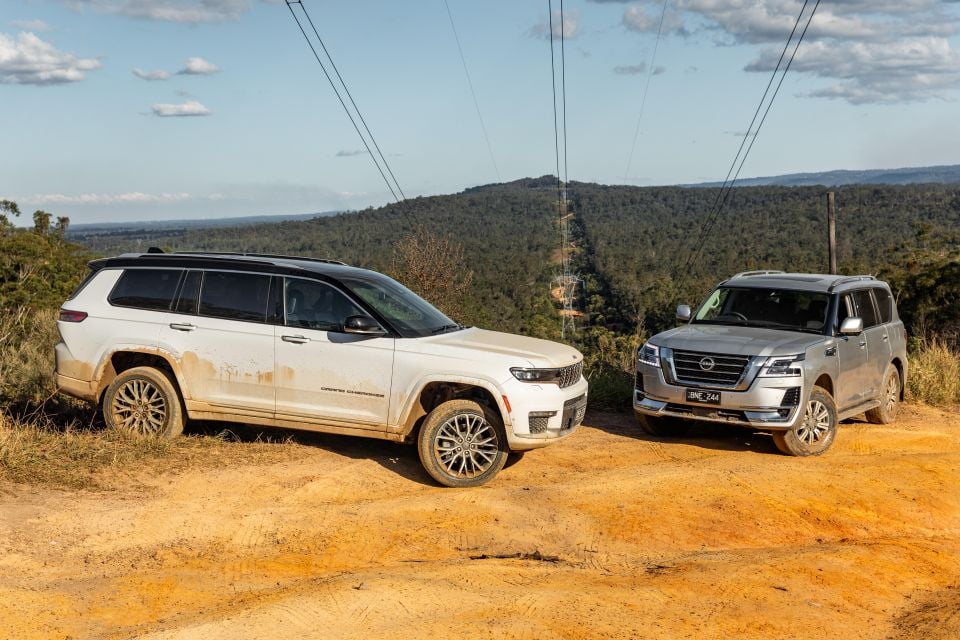
As in previous years, the FCAI will publish figures for individual brands at a later date – likely in a matter of weeks.
The targeted reduction between 2020 and 2030 is to get MA vehicles down to 100g/km and MC+NA vehicles to 145g/km, with four and three per cent annual reductions each year, respectively.
That would still leave powerful, polluting performance cars on the table, but their sales would need to be offset by low-emitting hybrid, plug-in hybrid, or electric vehicles to bring the fleet average down.
It says brands will progress at different rates, depending on their model cycles, and given it’s a voluntary scheme there are no penalties the FCAI can apply for failure to meet targets.
The FCAI has again called for a Federal Government-mandated CO2 standard, one which “considers consumers, the unique nature of the Australian market, product availability, affordability, and the full range of zero and low emission technologies”.
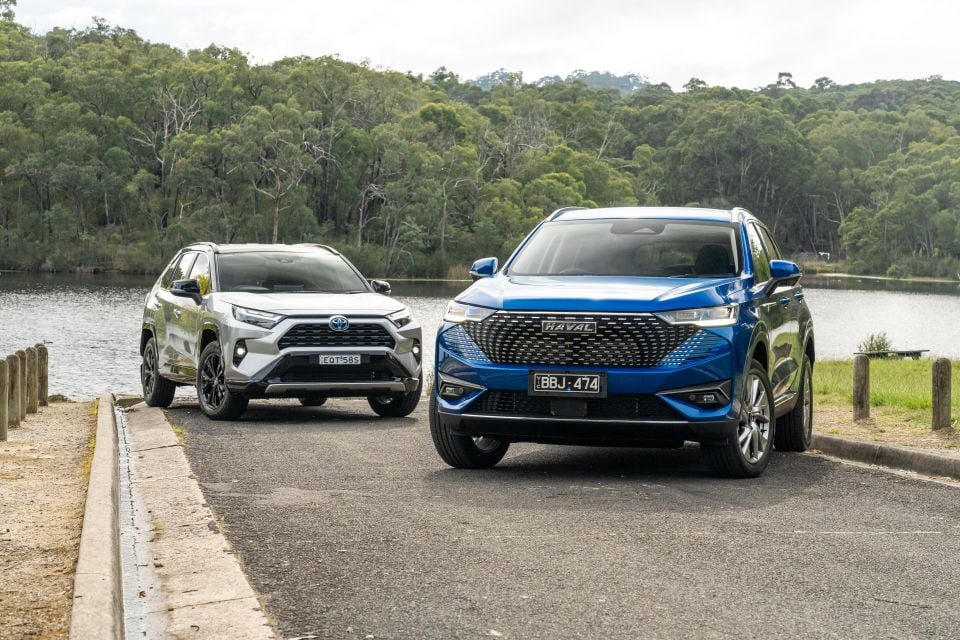
“We have the opportunity to establish a standard which gets us on the pathway to reducing emissions, supports car makers to attract the best low emission technology to the Australian market and provides Australian consumers with certainty and clarity around future vehicle availability,” said FCAI chief executive Tony Weber.
“We look forward to continuing to engage constructively with the Federal Government to bring this to reality,” Mr Weber added.
But the FCAI chief also argued any push by the government to phase out combustion vehicle sales in favour of EVs is unwise.
“Attempts to simplify our journey to net zero as one that can only be achieved through electric vehicles ignore the buying preferences of Australian consumers, market supply realities, price, and the very real impact of other low emission technologies,” he said.
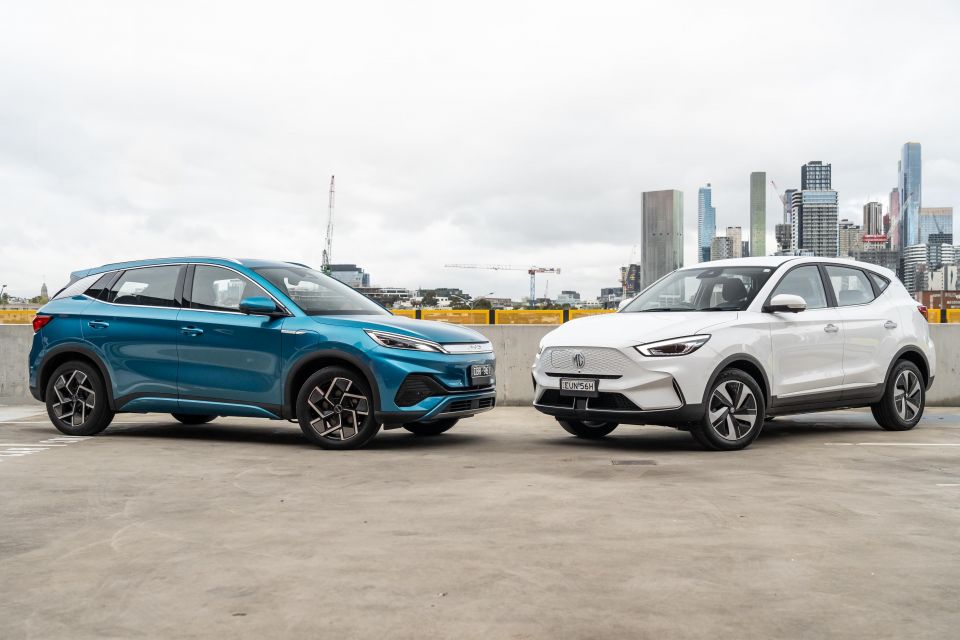
“Globally, there is currently a limited supply of batteries and supporting technology to meet the demand for all new vehicles and in particular, the bigger vehicles which a large proportion of Australians choose to buy.
“Development work is being undertaken by car makers across the world to overcome these challenges. However, we are not likely to see a significant improvement in the availability of these vehicles at prices many Australians can afford until at least the end of this decade.”
More than 40 car brands have thrown their support behind the Emissions Standard, which has been developed over the past four years by the FCAI and its members in the absence of federal standards.
Borrowed from the USA are carry-forward credits and debits. Every zero-emissions vehicle sold will count for three under the scheme, while there are two other tiers allowing manufacturers to claim low-emitting vehicles as either two or 1.5 sales.
New light vehicles are still subject to Australian Design Rule 79/04, based on Euro 5 emissions standards. That’s despite the Euro 6 standard coming into effect in Europe in 2015.
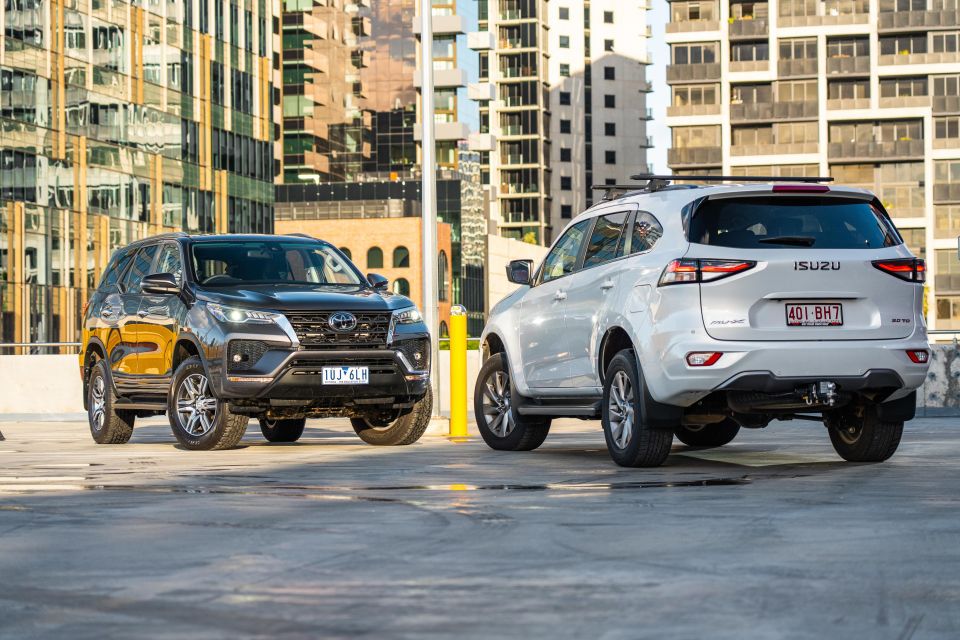
While it has set benchmarks for the emission of harmful pollutants such as carbon monoxide (CO), hydrocarbons, oxides of nitrogen (NOx), as well as the mass of particulates and number of particles, the Australian Government hasn’t yet set a fleet emissions target for automakers.
The Australian Government has brought forward the introduction of lower-sulfur petrol from 2027 to 2024, with automakers having flagged we need cleaner fuel before Euro 6 standards can be introduced here.
As part of its National Electric Vehicle Strategy, the Government is consulting with stakeholders on whether fuel efficiency standards could help reduce emissions and spur uptake of electric vehicles.
It says over 80 per cent of all vehicles sold in the world are already covered by a fuel efficiency standard, including the United States, China, Japan and India.
MORE: Emissions targets explained: Q&A with FCAI chief executive Tony Weber
William Stopford is an automotive journalist with a passion for mainstream cars, automotive history and overseas auto markets.


Damion Smy
3 Hours Ago


Damion Smy
4 Hours Ago


Damion Smy
6 Hours Ago


Damion Smy
7 Hours Ago


Damion Smy
9 Hours Ago


Damion Smy
10 Hours Ago